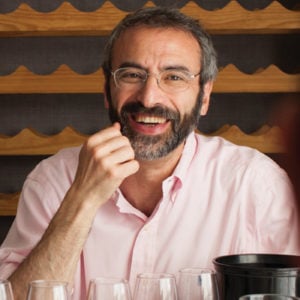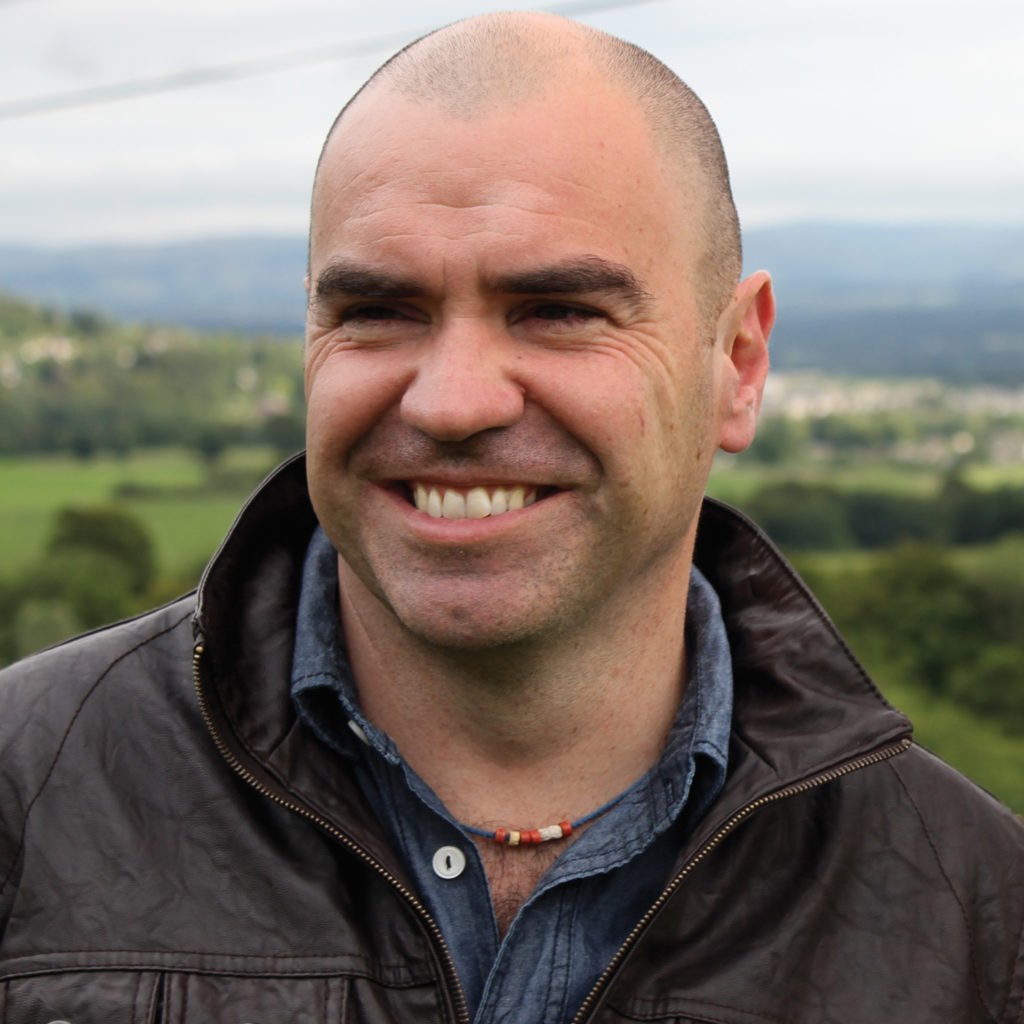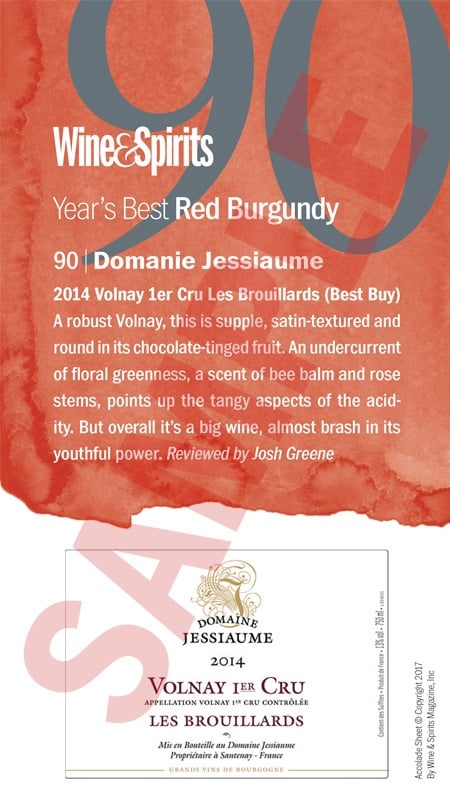Our tastings are geared toward discovery: We regularly turn up great wines from new producers, or from old-school wineries that have reinvented themselves. Here are ten that caught our attention this year—producers we’ll be looking out for in the years to come.
Washington | Canvasback
To read this article and more,
subscribe now.
To continue reading without interruption, subscribe and get unlimited digital access to our web content and wine search.
This story appears in the print issue of Winter 2017.
Like what you read? Subscribe today.















